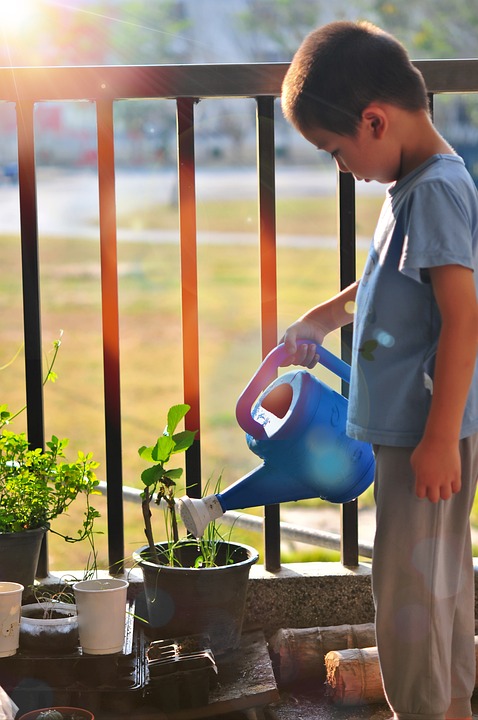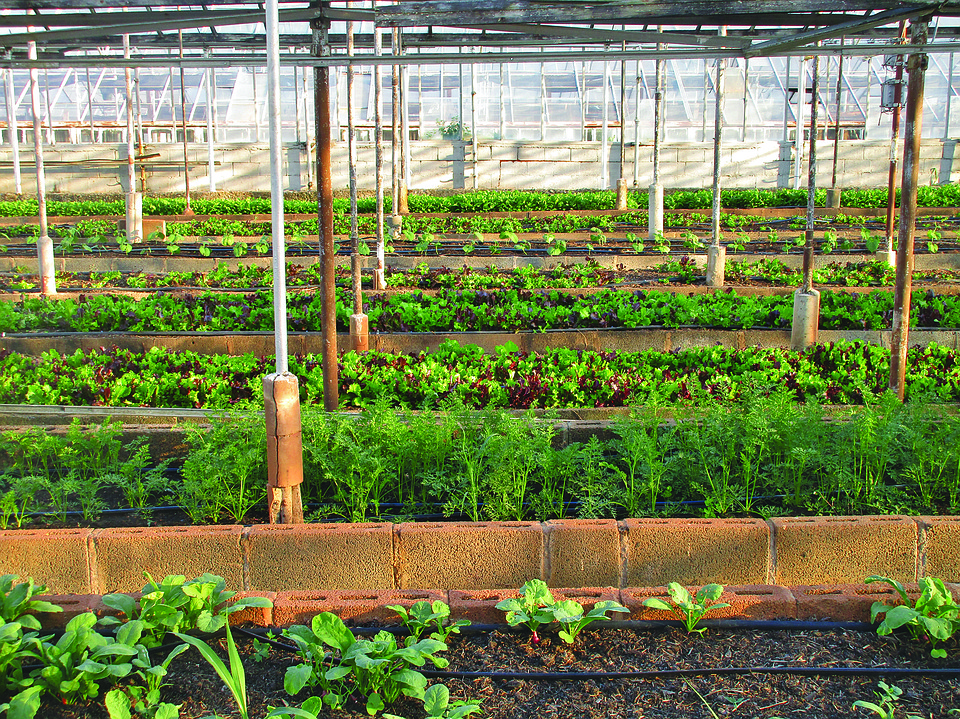Eco-Friendly Agriculture: How Sustainable Farming is Reshaping the Industry
Eco-Friendly Agriculture: How Sustainable Farming is Reshaping the Industry As a passionate advocate for sustainable farming and gardening, I have seen firsthand the incredible impact that eco-friendly agriculture can have on both the environment and the quality of our food. It’s an exciting time to be involved in the sustainable farming movement, as more and more people are recognizing the importance of minimizing our impact on the planet while still producing high-quality, nutritious food. In this article, we’ll explore the ways in which sustainable farming is reshaping the agriculture industry, from regenerative farming practices to the growing popularity of organic produce. One of the key principles of sustainable farming is to work in harmony with nature, rather than against it. This means using natural and organic methods to control pests and diseases, enrich the soil, and promote biodiversity. By avoiding the use of synthetic chemicals and pesticides, sustainable farmers are able to protect the health of their crops, their soil, and the surrounding ecosystem. This not only results in healthier, more nutrient-dense produce, but also helps to preserve the natural balance of the environment. Regenerative farming is a term that has gained traction in recent years, and for good reason. This approach to agriculture focuses on rebuilding and restoring the health of the soil, which is essential for the long-term success of any farming operation. By using practices such as cover cropping, crop rotation, and minimal tillage, regenerative farmers are able to improve the structure and fertility of their soil, leading to increased yields and reduced reliance on synthetic inputs. In addition to these benefits, regenerative farming also has a positive impact on the environment by sequestering carbon and reducing greenhouse gas emissions. Another significant trend in sustainable farming is the growing popularity of organic produce. With more and more consumers seeking out organic options, farmers are finding that there is a strong demand for their products. Organic farming practices focus on using natural methods to control pests and diseases, and avoiding the use of synthetic fertilizers and pesticides. This results in produce that is not only free from harmful chemicals, but also rich in essential nutrients and flavor. In addition to the environmental and health benefits of sustainable farming, there are also economic advantages. By reducing the reliance on expensive synthetic inputs, sustainable farmers are able to cut costs and increase their profits. Furthermore, the growing demand for organic produce means that there is a strong market for sustainable farmers to sell their products, providing them with a stable source of income. Pro Tips: 1. Start small: Sustainable farming takes time and effort to master, so it’s best to start with a small garden or plot of land before expanding your operation. 2. Embrace biodiversity: Plant a wide variety of crops to promote biodiversity and attract beneficial insects to your garden. 3. Practice crop rotation: By rotating your crops each season, you can naturally control pests and diseases while improving the health of your soil. In conclusion, sustainable farming is reshaping the agriculture industry in a positive and powerful way. By prioritizing the health of the environment and the quality of our food, sustainable farmers are leading the way towards a more sustainable and resilient future. Whether you’re a seasoned farmer or just starting out, there are numerous benefits to be gained from embracing eco-friendly agriculture, and I encourage you to join the movement towards a more sustainable food system.










